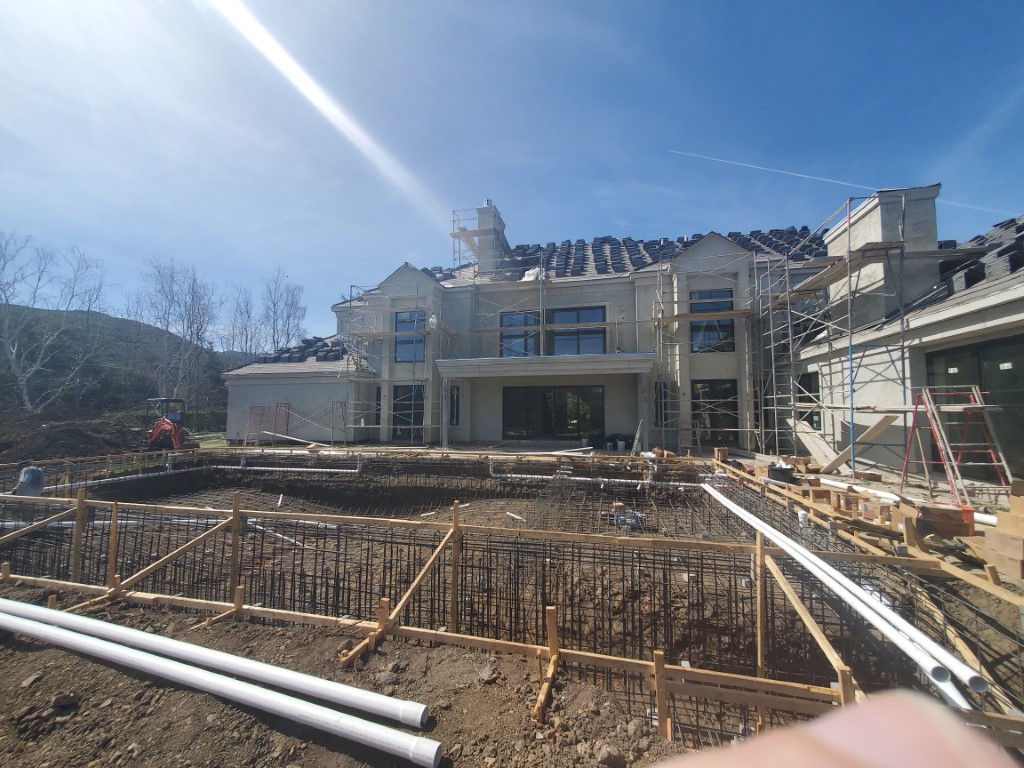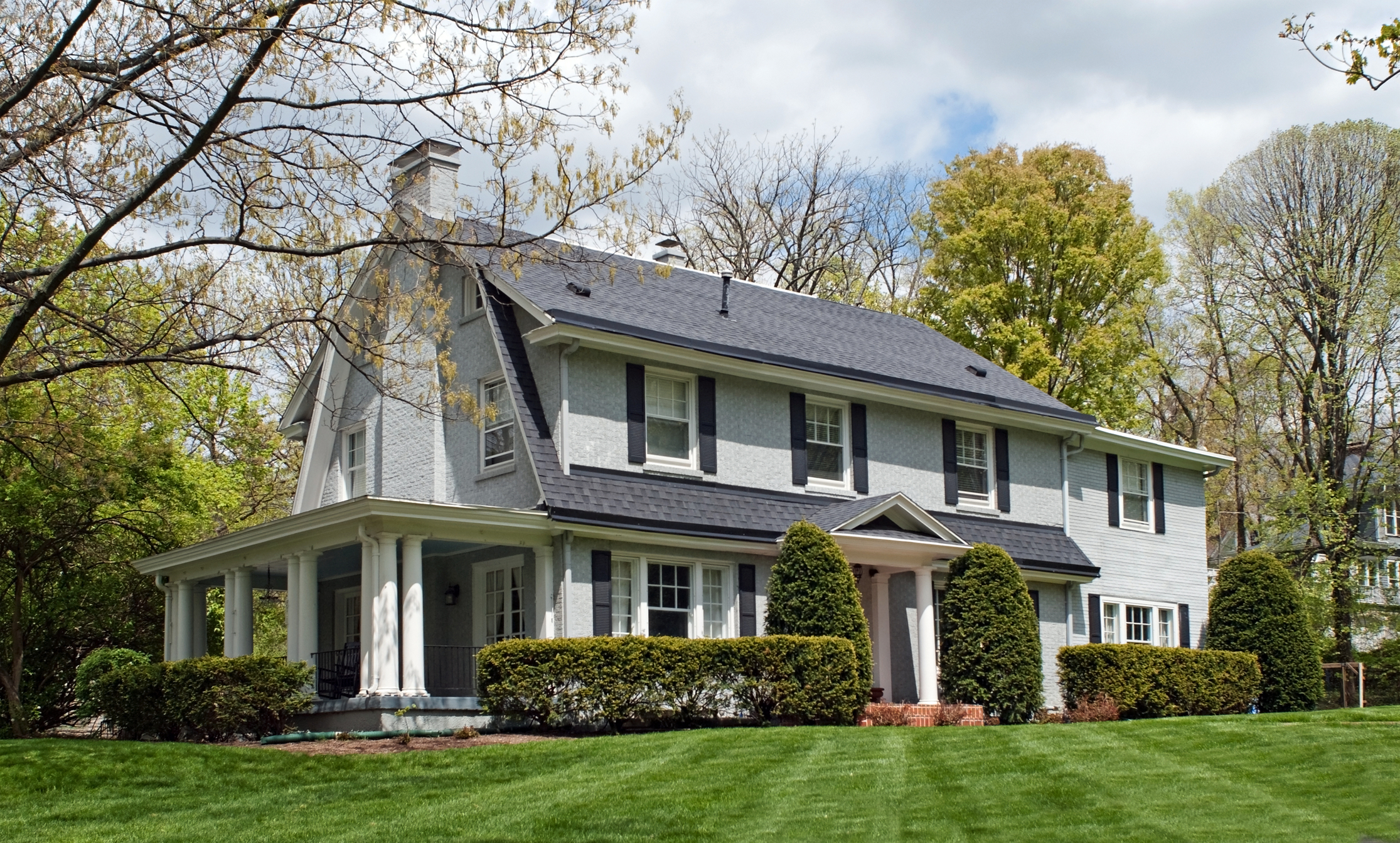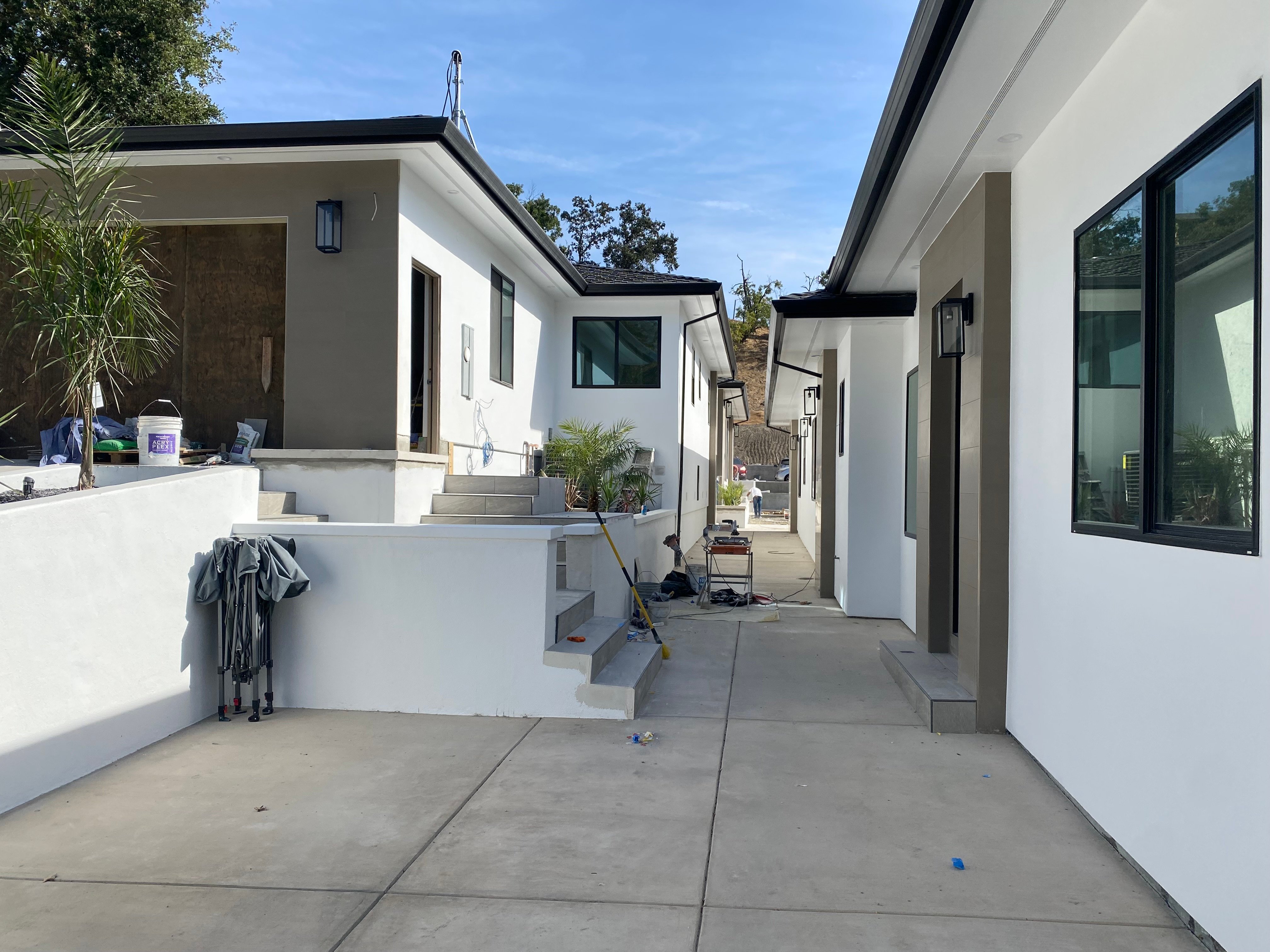What is Dutch Interest for a Hard Money Construction Loan?
Dutch interest is a method that charges interest on the entire construction loan amount, even if only a portion has been disbursed to the borrower....
2 min read
 Ted Spradlin
:
Feb 3, 2024 2:57:37 PM
Ted Spradlin
:
Feb 3, 2024 2:57:37 PM

In the fast-moving world of house flipping, understanding fix and flip loans — especially the minimum and maximum loan amounts — is important for quickly acquiring properties in your competitive local market. First Capital Trust Deeds (FCTD) has worked with numerous house flippers who operate at the lower end of the market, and those who specialize in very high-end projects and require big loans to get the job done.
FCTD's minimum fix and flip loan amount is $250,000, encompassing both the acquisition and rehabilitation portions of the loan. Cosmetic fixers often request these smaller loans, where the purchase loan portion is at $200,000 with $50,000 for rehab financing.
Smaller cosmetic rehabs enable experienced rehabbers to get in and out of a project quickly, turning around a property in 90-150 days.
One of the benefits of flipping houses on the lower end of the spectrum is the ability to obtain a very high-leverage fix and flip plus rehab financing loan.
It's not uncommon for experienced house flippers to secure financing with 85-90% loan-to-value (LTV) for the purchase and 100% Loan-to-Cost (LTC) on the rehab.
High-leverage fix and flip financing for lower loan amounts are possible with the right conditions: an experienced rehabber and a competitive market for renovated properties, a win-win for both lenders and investors.
For those embarking on high-end renovations in places such as La Jolla, Newport Beach, Los Angeles, San Francisco, and Atherton, FCTD regularly secures financing up to $10 million — and sometimes higher, for the right project.
Investors who operate in high-end luxury real estate markets know the end-user persona well, and design a home with that buyer in mind.
For projects exceeding a $5 million loan amount, the LTV and LTC ratios are reduced to reflect the increased risks of these projects. These investors must come into the loan with a larger down payment or bring on an equity partner to provide additional capital in exchange for a portion of the profits.
Project timelines can often last 24 months, with delays and cost overruns amplified by the high cost of capital for these projects.
Economic fluctuations, interest rates, and employment trends can significantly impact the project's potential profit margin and a lender’s protective equity. Lenders in this high-end niche often limit leverage to 70-75% LTV on the purchase and 80-90% LTC on the rehab financing.
Summary
Whether you're doing a cosmetic flip with a first-time home buyer in mind, or an extravagant transformation of a luxury home, you need to know how fix and flip loan minimum and maximum loan amounts impact the financing of your project. FCTD's fix and flip loan amounts start at $250,000 and extend to $10 million, meeting the funding needs of investors in all market segments to turn their visions into reality.

Dutch interest is a method that charges interest on the entire construction loan amount, even if only a portion has been disbursed to the borrower....
%20VS%20Loan-To-Cost%20(LTC).jpg)
Fix and flip loans are the primary source for funding a fixer-upper project, and understanding how they work is pivotal to your planning and success....

If you’re cash strapped and in escrow to purchase your next fixer-upper, you might be searching online for a hard money lender to give you the...